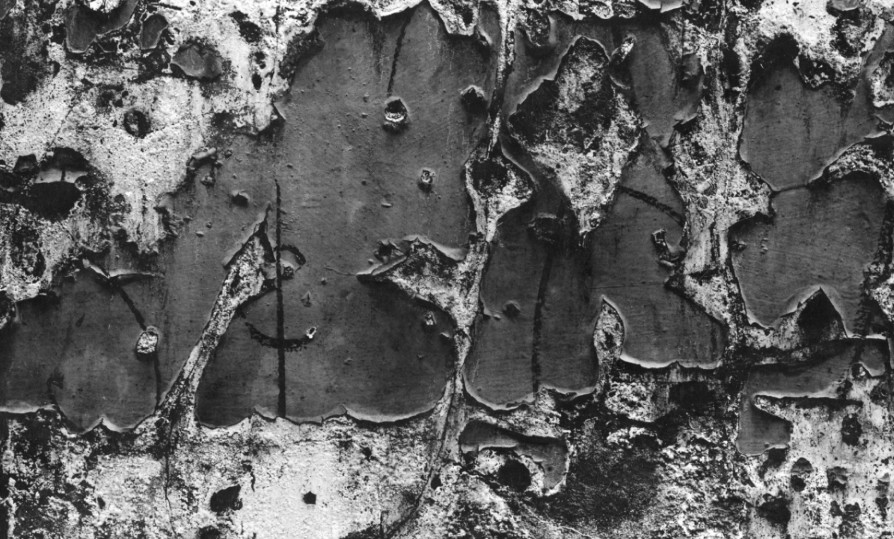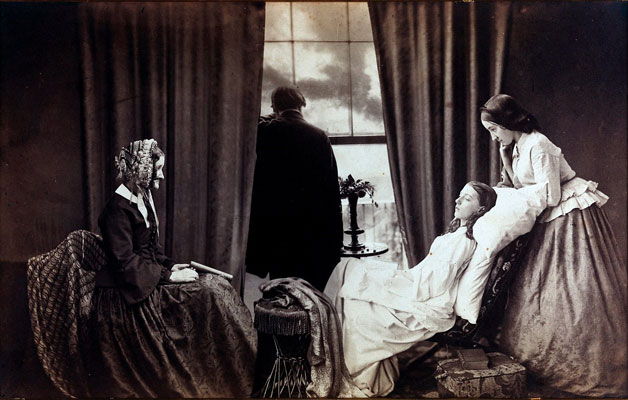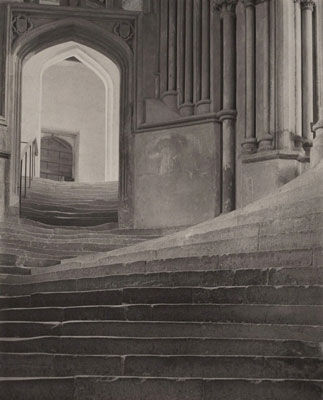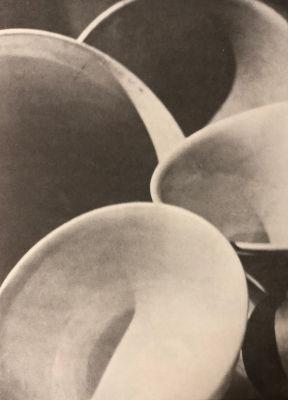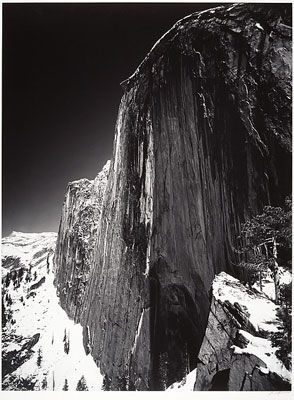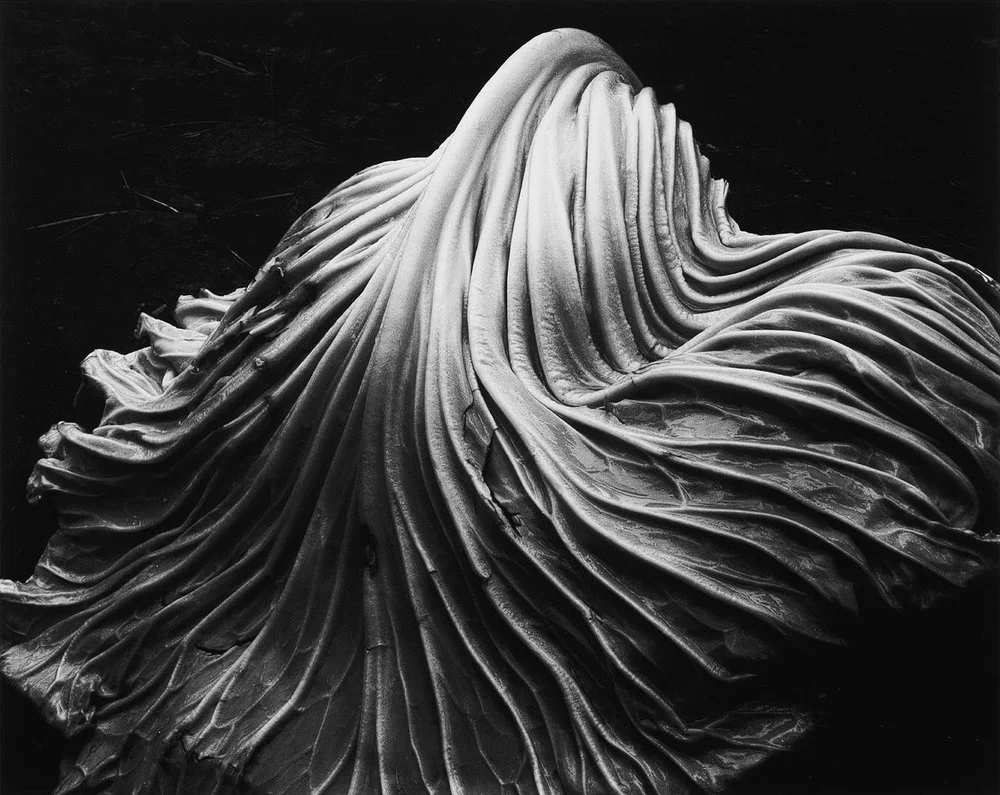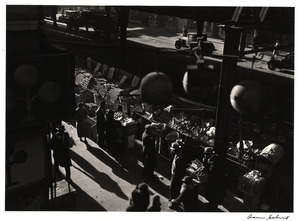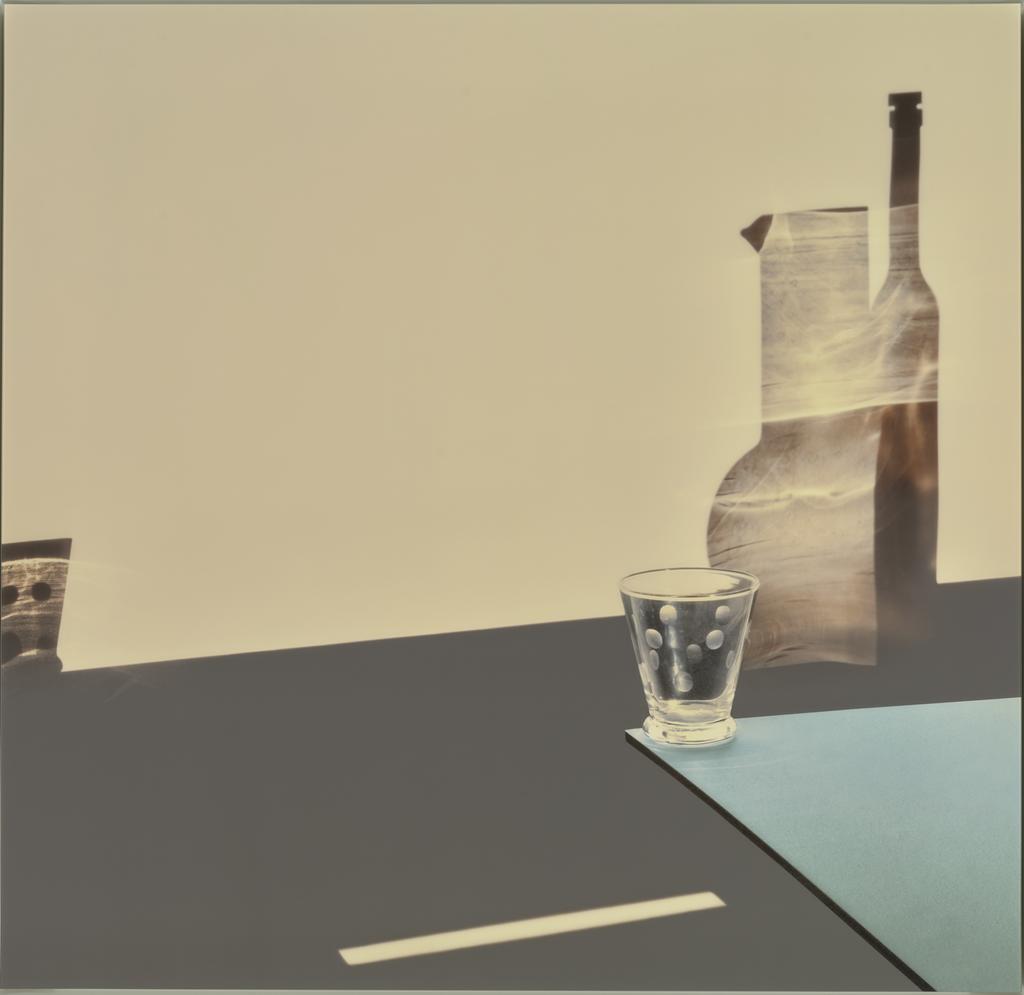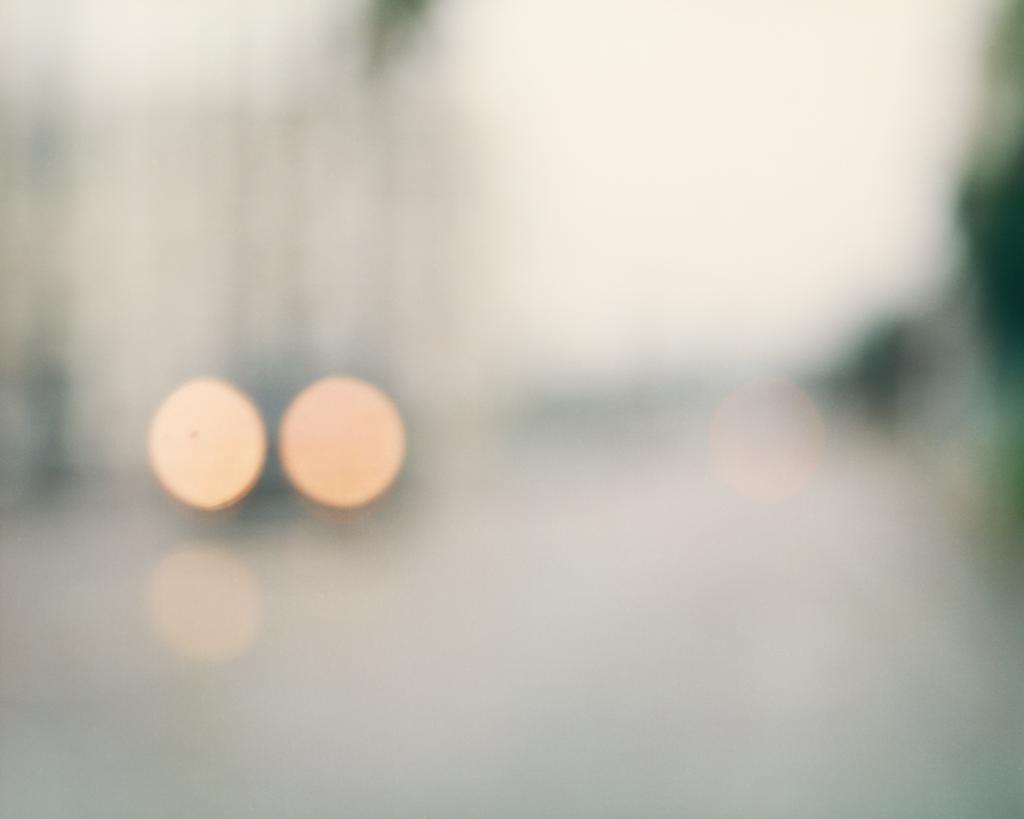

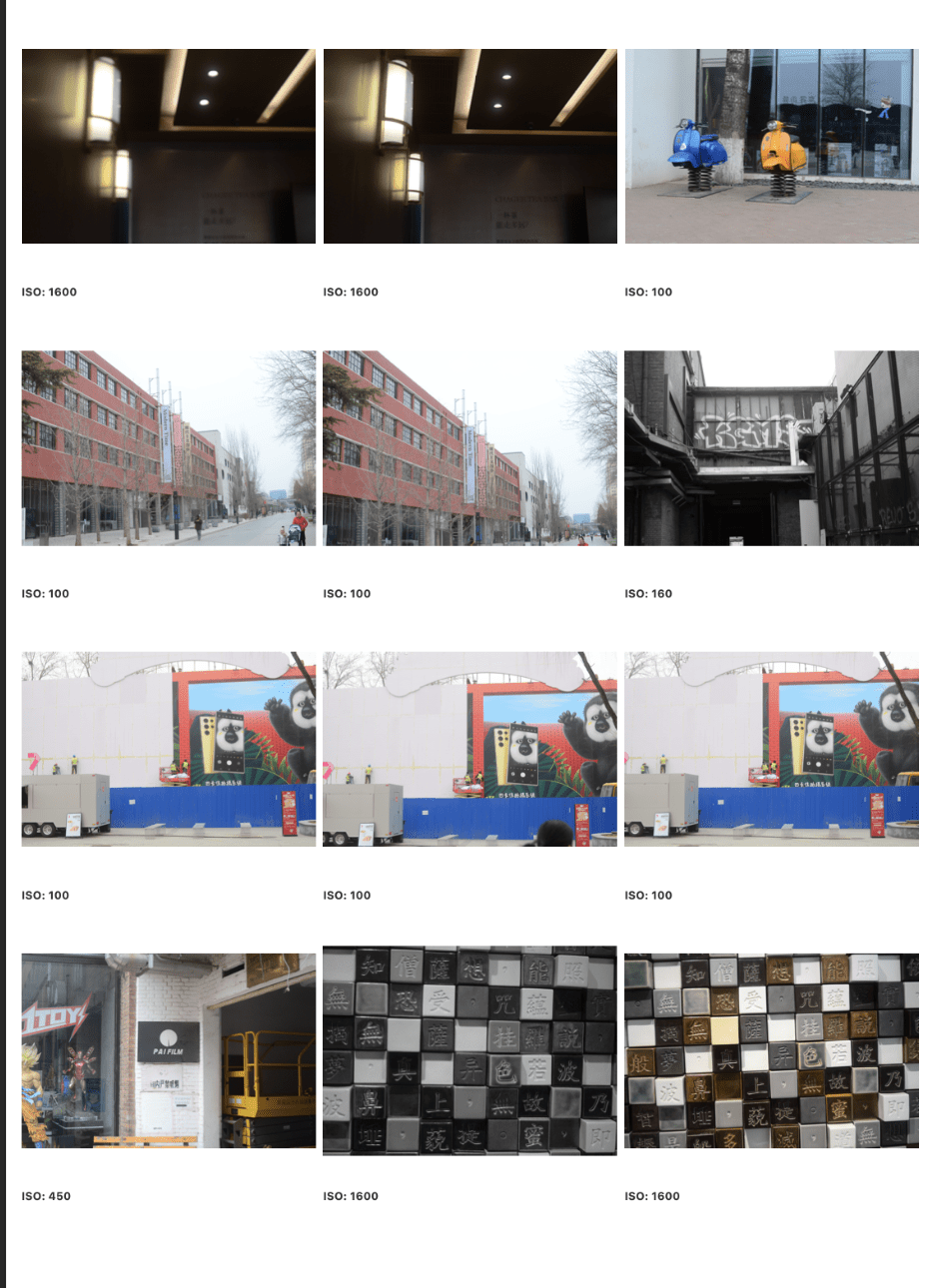

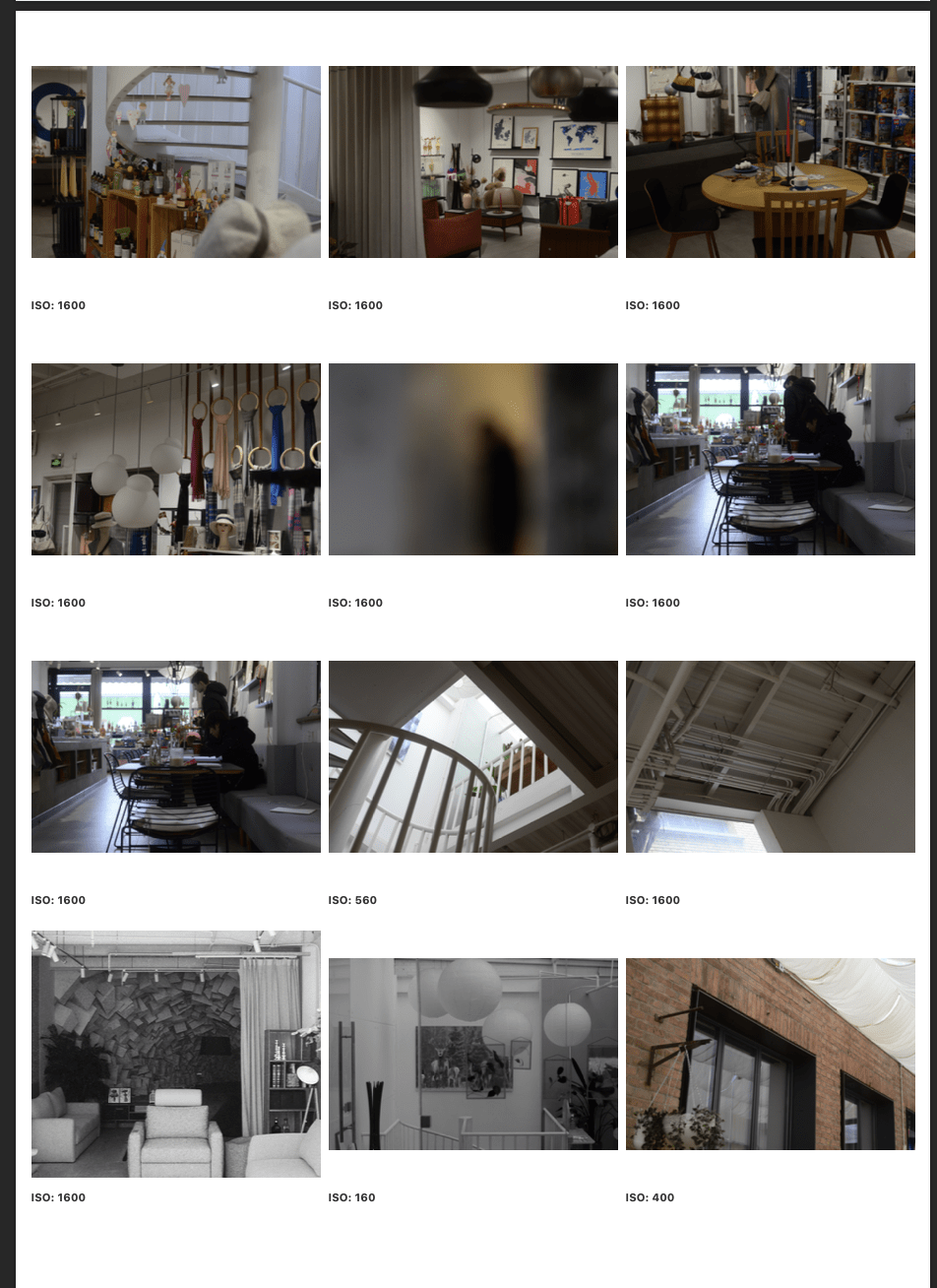

These photos are all captured in 798, and most of them I plan for them to capture architecture, and to highlight elements other than colour so they become visually appealing once converted to black and white. Black and white can allow viewers to focus on the details of the structures and surfaces of the architecture. This approach can create a visually appealing experience, highlighting the light, composition and shadow. I hope to implement a nostalgic feel to my photos, as the architecture there were factories from the 1970s. Other than that, I also wish to capture places with a modern feel, as 798 has been transformed into a Gen-Z entertainment area, with much more modern fashion and aesthetics implemented into its architecture.


These are the photos filtered into the next section. All of these photos are black and white and of architecture, with many giving a nostalgic 1970s feeling. 2 of them have colour, and even though they do not give nostalgic emotions or black and white, I included them anyways because of how visually appealing they are, since the coloured light and the contrasted bear have amazing composition. The ones under my vision were included in this filter because they are all symbolic of 798, a modern-converted factory place. Overall, I think most of the photos have one thing in common: their composition is what makes them prominent in terms of being visually appealing. Therefore, for the next three, I will select the three based on how well their composition is.

This photo gives out a very nostalgic feel. Its composition follows the rule of thirds, with the chimneys in the center and supporting backgrounds on the left and right. The texture and the chimneys itself seem very old, like an old styled factory. It gives off the feeling of being in the Industrial Revolution era, and removing the colour brings even more nostalgic feel. The beauty of the contrast from the chimneys to the modern buildings on the right symbolizes the speed of modern urbanization, as now countless buildings from the past are now removed and constructed into ones that are more visually appealing for modern people. As fashion development continues, the old aesthetics are viewed as nostalgic, and are presented and appreciated in much different ways.

This photo again is the most visually appealing compared to others due to its composition. With the letters of graffiti in the middle, it emphasizes the 4 letters. Moreover, the photo is full of texture. The lines in the middle, the bricks on the wall near the left, the pattern on the right are all examples. Without colour, the audience could better focus on the building itself. The photo invokes a felling of curiousity and mysteriousness, as the space inside the doors are dark. Moreover, the graffiti and the fact that there is no colour in the photo warns the viewer that going in the doors does not seem like a good idea, as if the end of the alleyway is a pathway to darkness and unfortunate.

This image gives a scared but curious emotion. The texture and swirls behind the sofasgive a sense of unknown. The center hole seems endless in this case. Coincidently, in terms of composition, the curtain perfectly hides the hole, which adds a layer of mysteriousness. Moreover, it evokes curiousity, as it motivates viewers to imagine what is behind the curtain, and invoke the urge of looking what is behind the curtain. This photo also perfectly follows the rule of thirds, with a clear center. It also provokes a sense of nervousness, as the hole behind the sofa acts like it is about to suck away the world like a black hole due to its unique texture and swirl. This would be the most visually appealing out of the three as it casts multiple emotions upon the viewer.
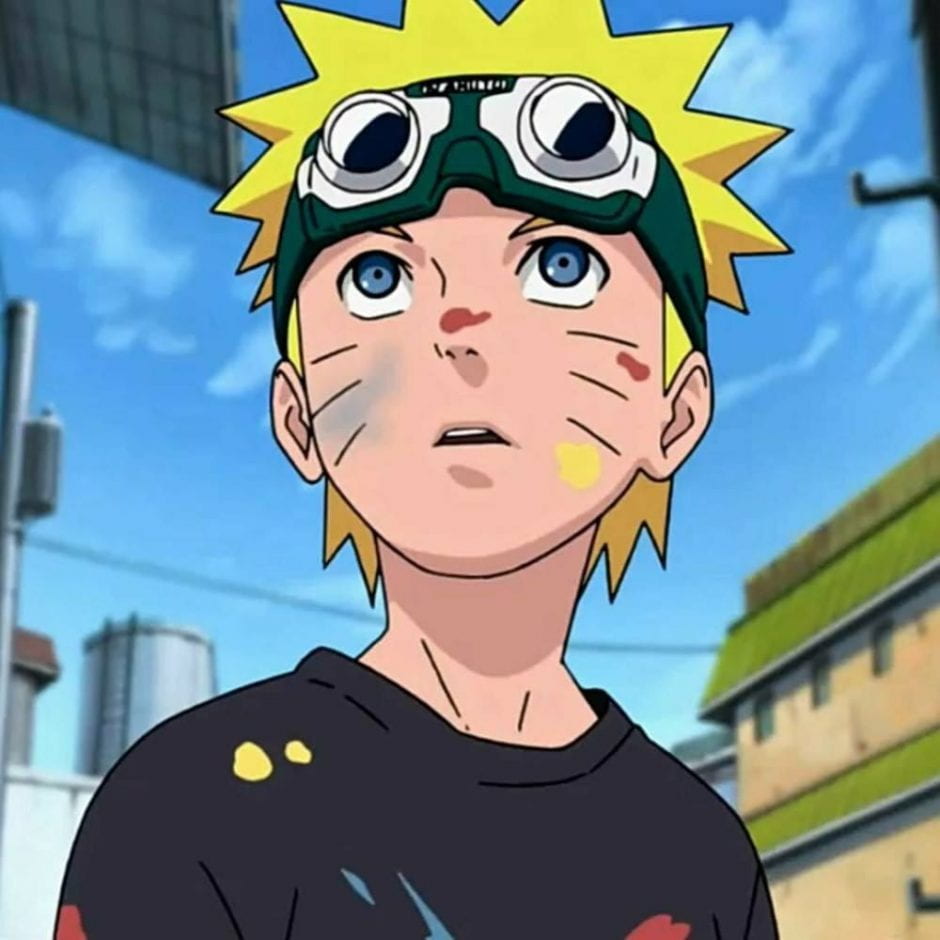


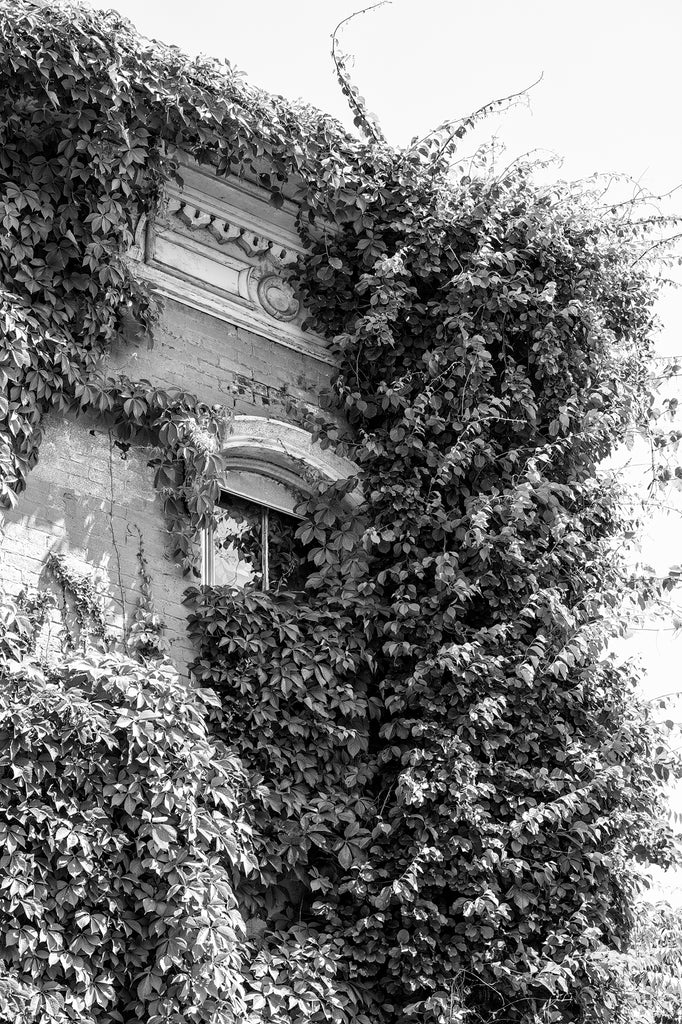

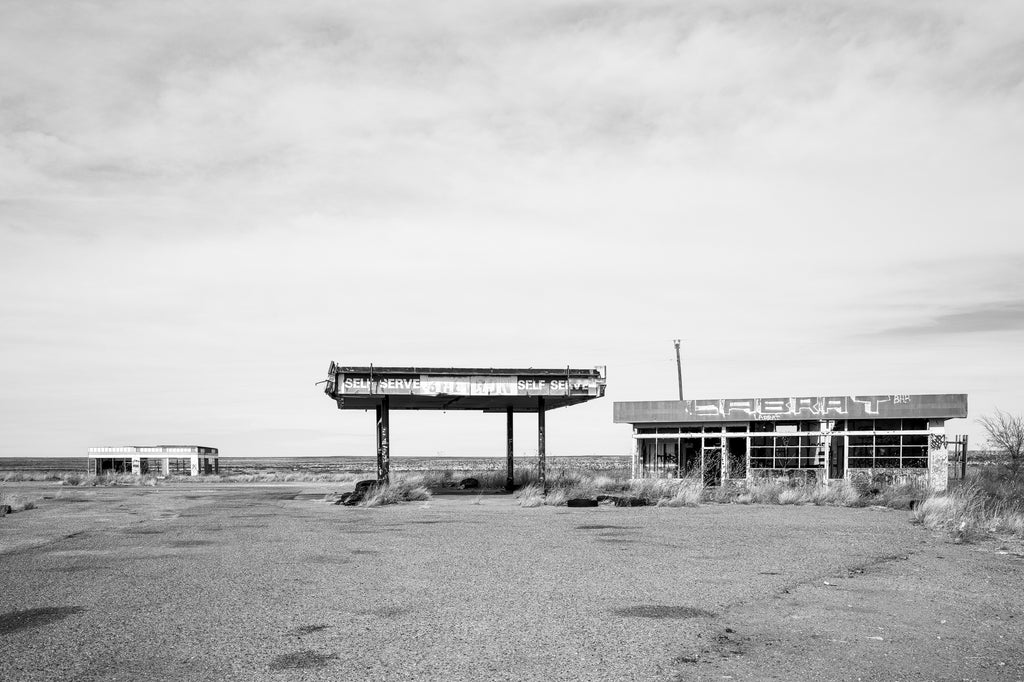
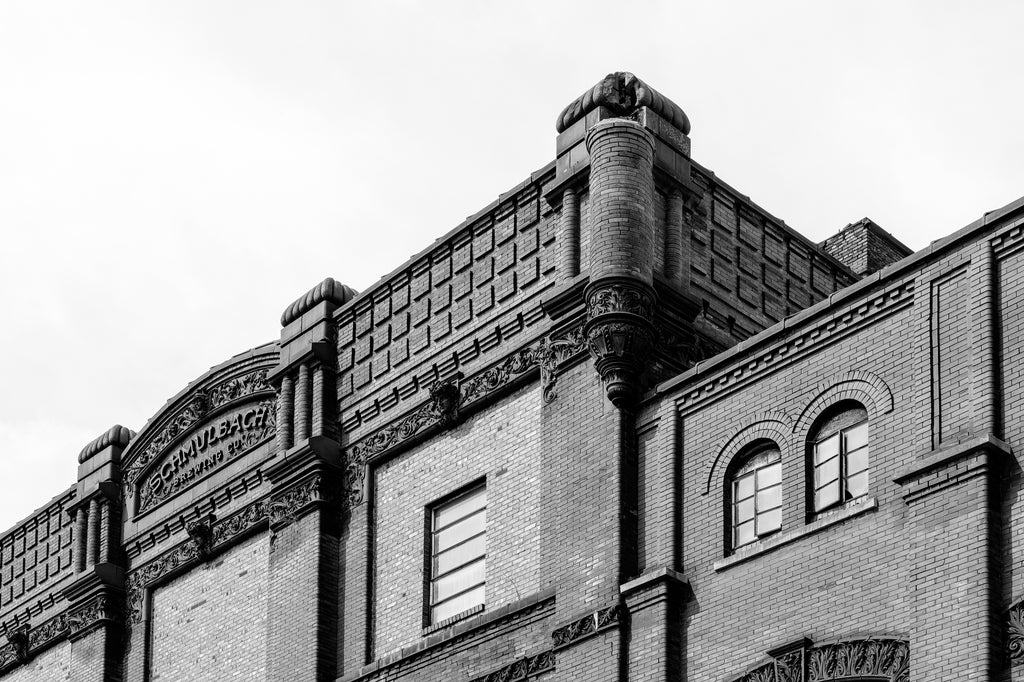
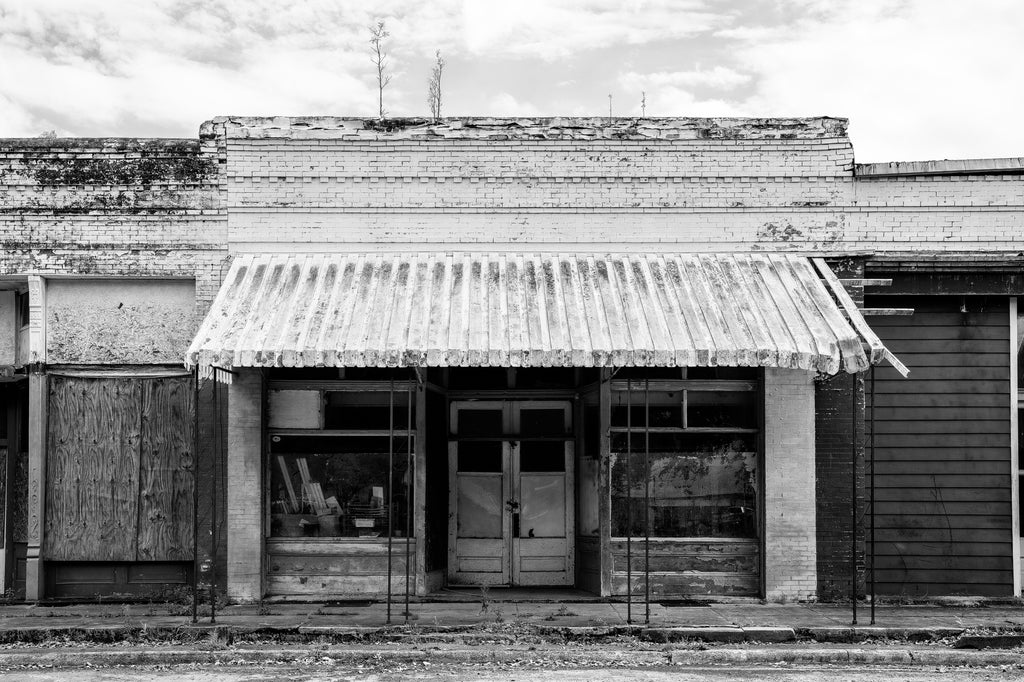
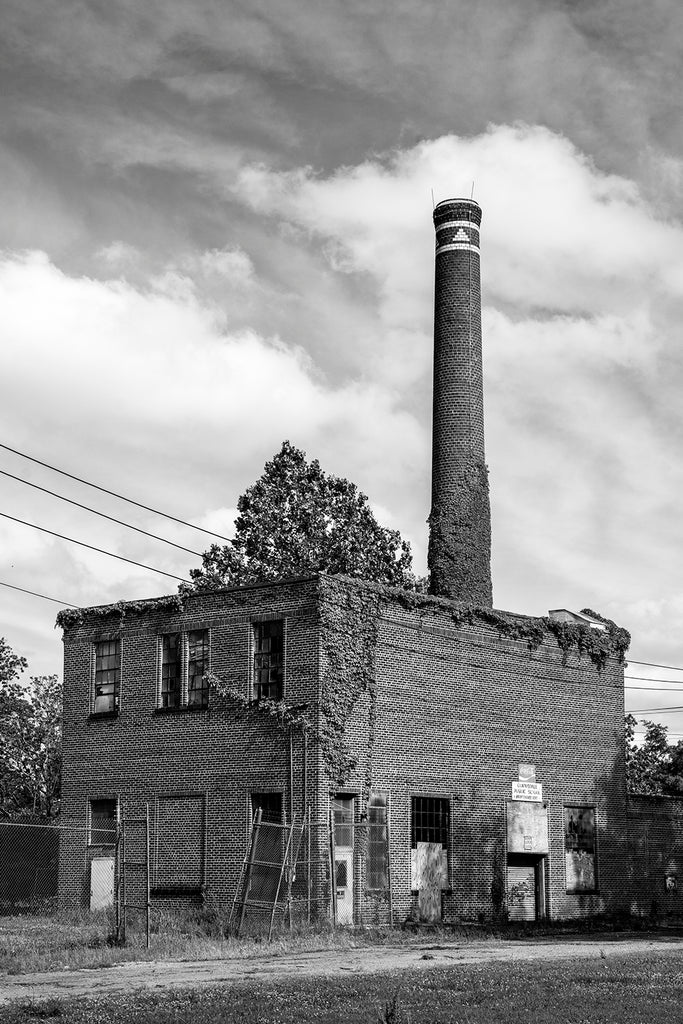


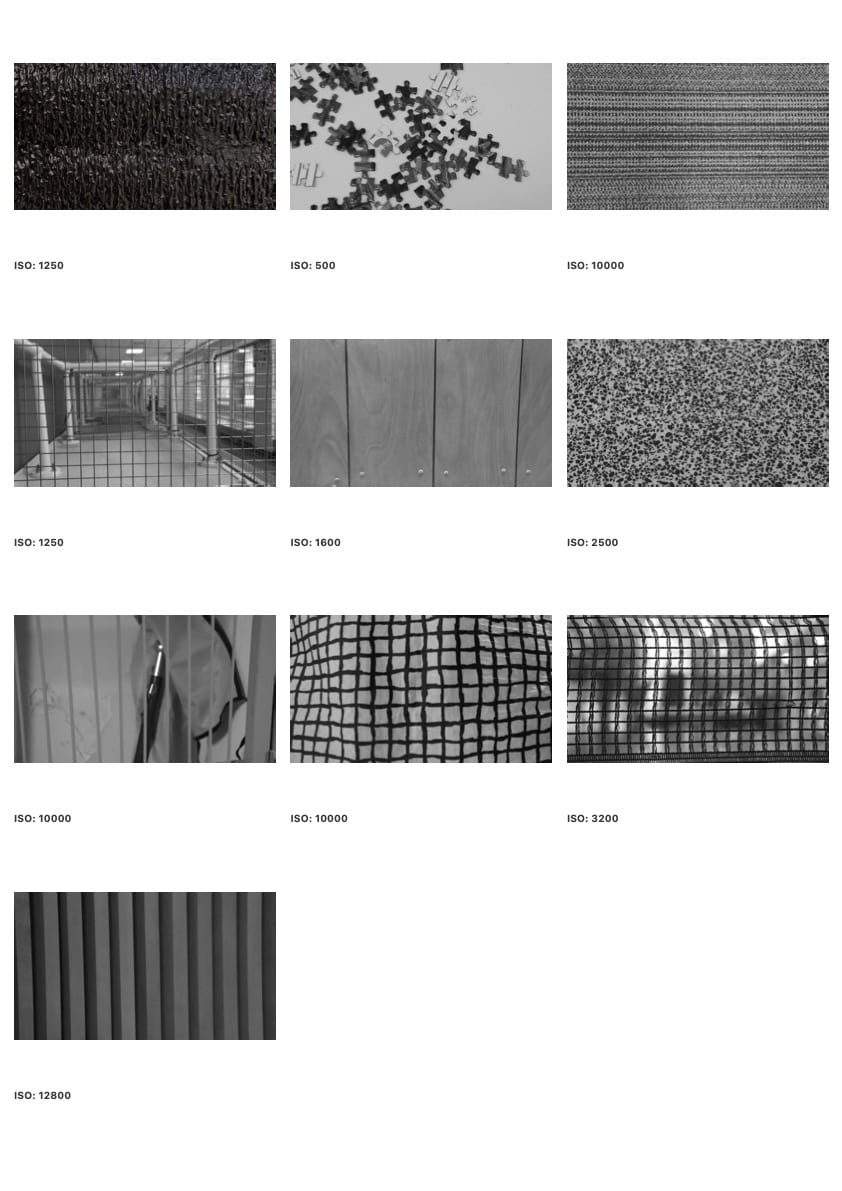



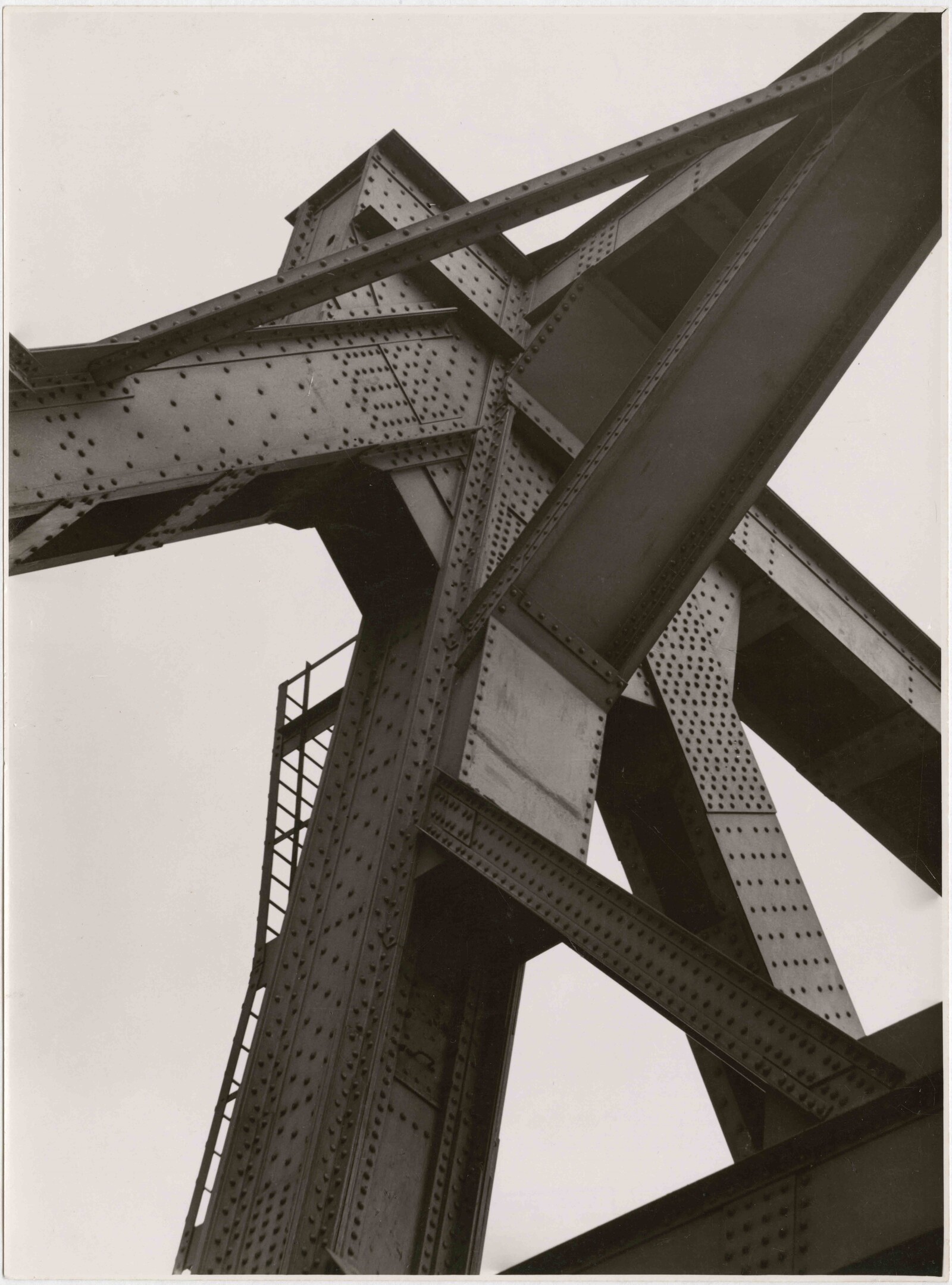
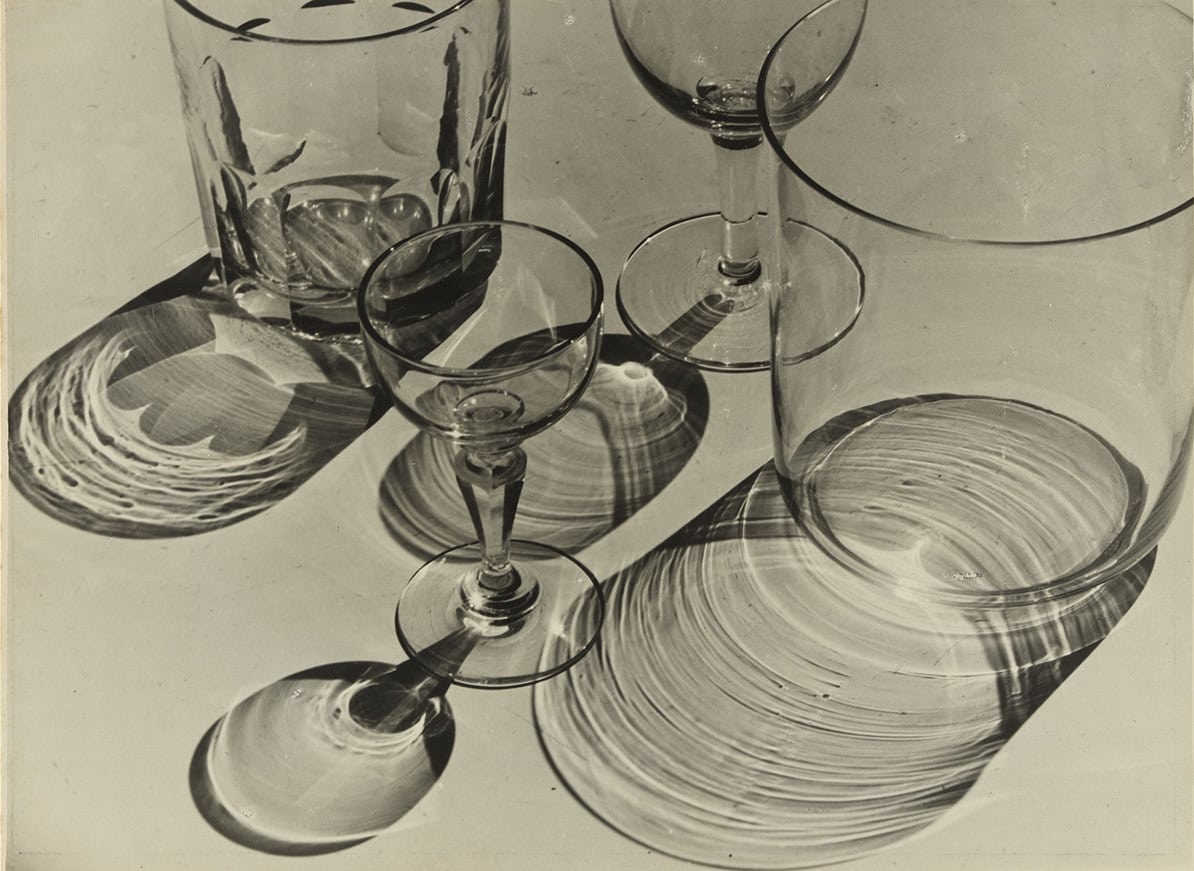
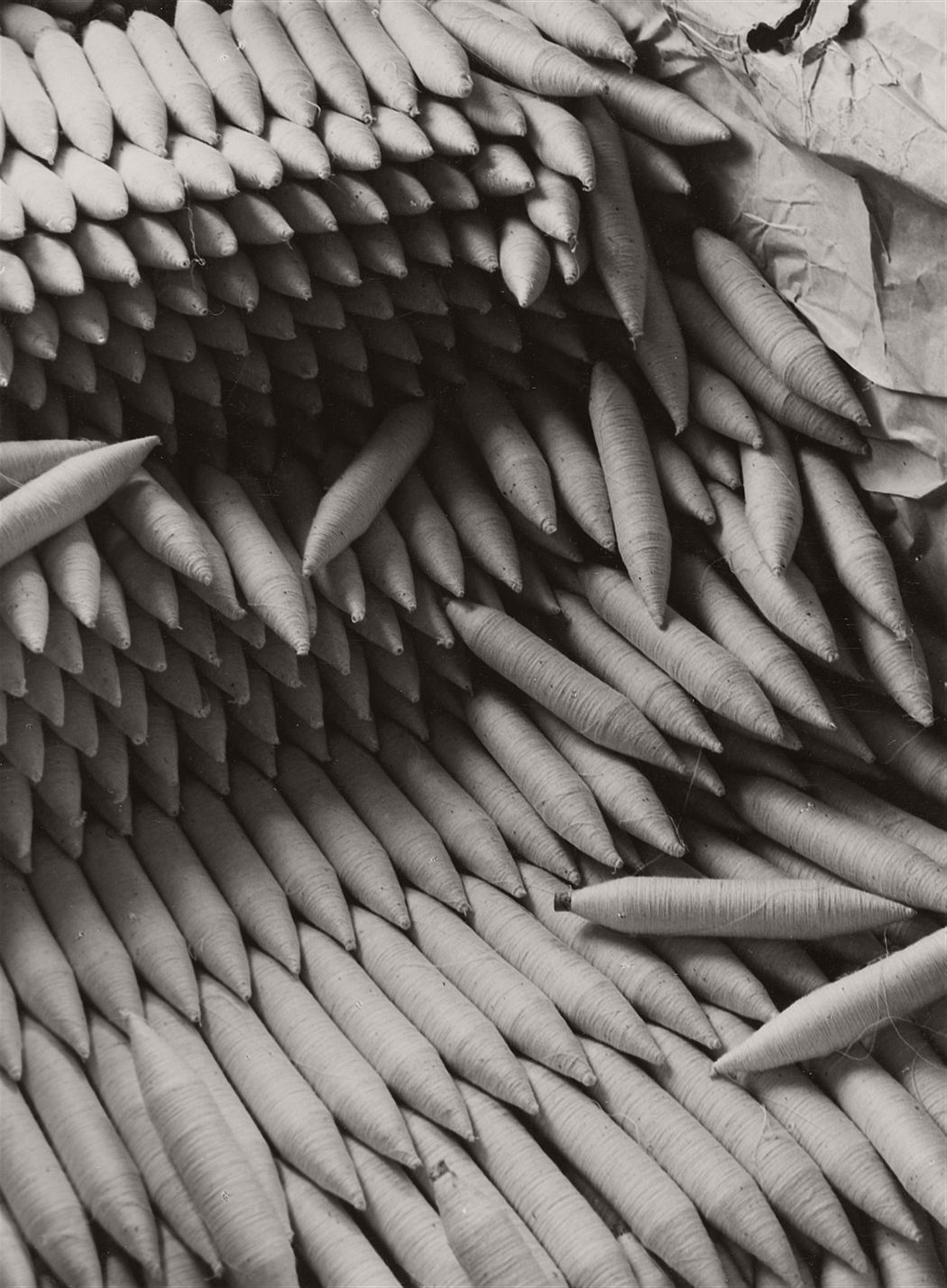
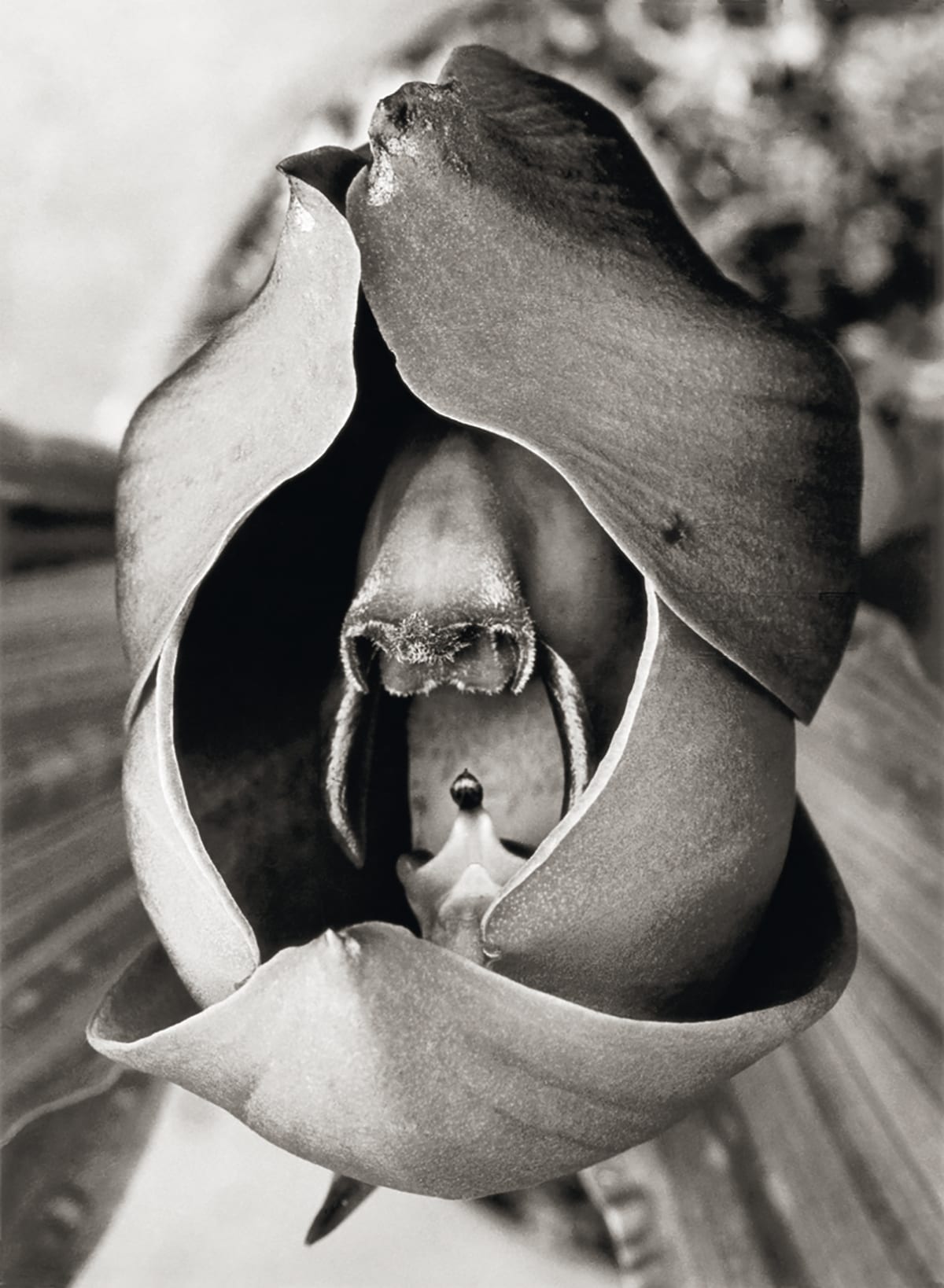

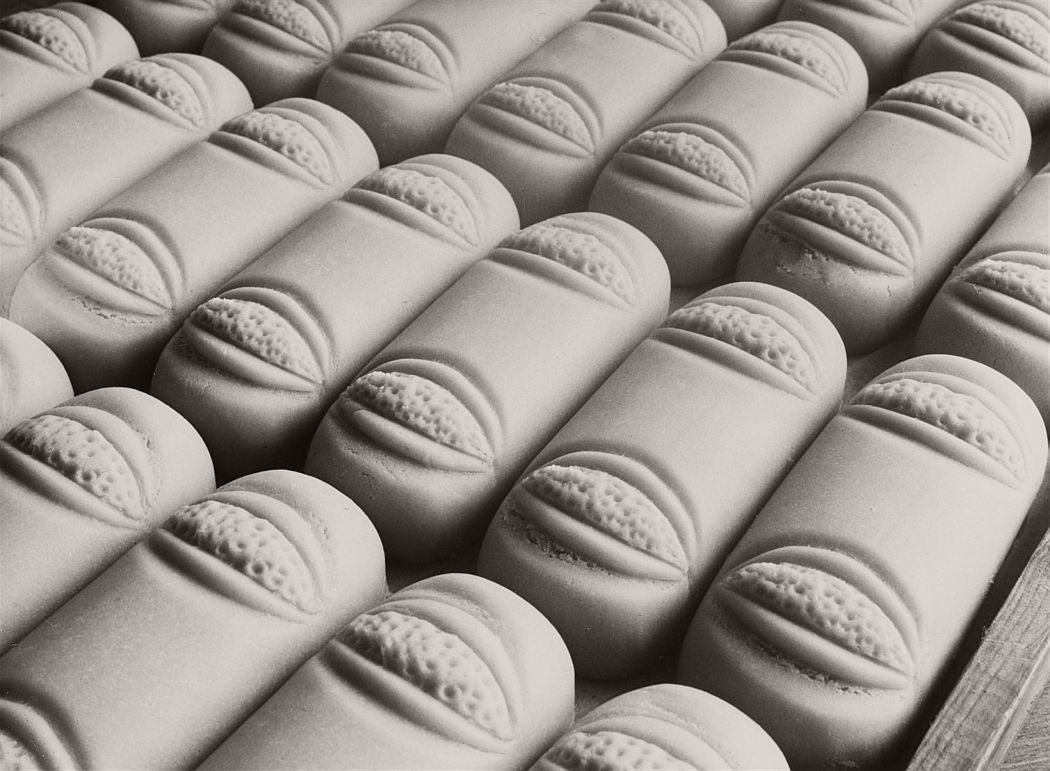
 In the original photo I was trying to replicate, it emphasized the lines, cutting the picture’s composition in half. In the one I took, it also emphasized texture as the fabric on the couch had rough repeating patterns.
In the original photo I was trying to replicate, it emphasized the lines, cutting the picture’s composition in half. In the one I took, it also emphasized texture as the fabric on the couch had rough repeating patterns.










